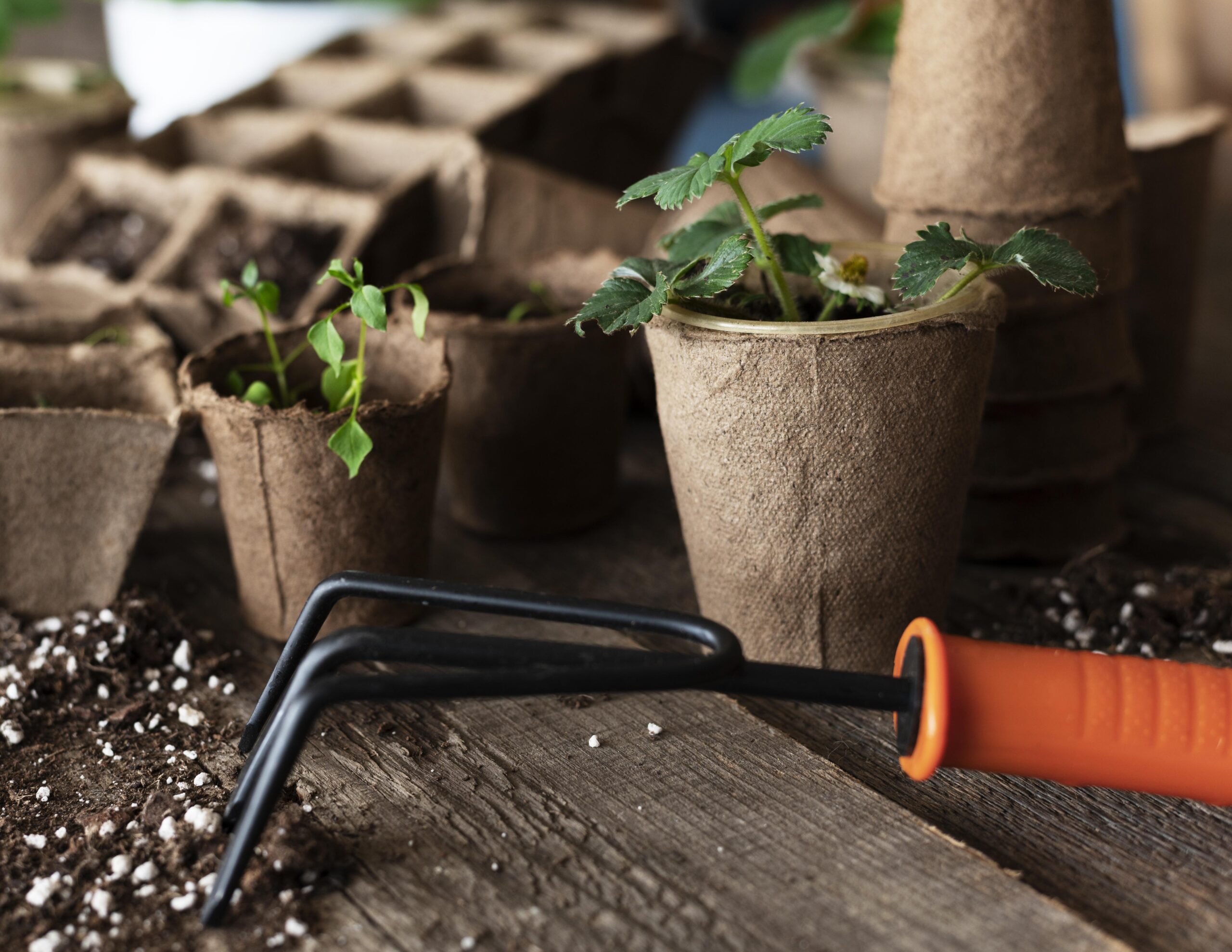
Starting seeds creates a deeper connection to your garden. Watching a plant grow from seed to harvest is satisfying, but the process isn’t always smooth. Some seedlings struggle even to sprout. Most of the time, the issues come down to common mistakes that can be easily corrected.
If you’re growing from a windowsill or using trays on your balcony, avoiding these 7 mistakes can lead to seed-starting success. With simple changes like steady light, moisture, and a better understanding of timing, healthy seedlings are within reach. The key is consistency and not overcomplicating things.
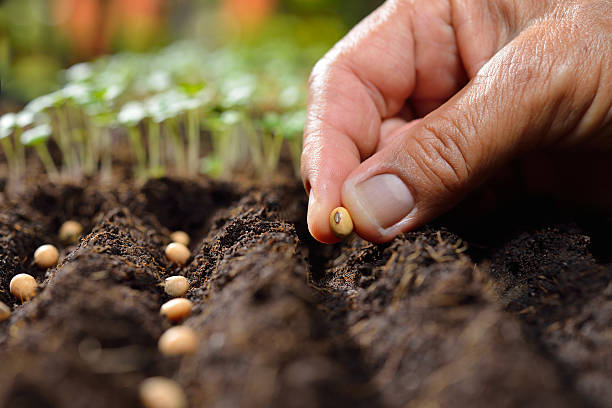
Here are seven of the most common mistakes people make when starting seeds and how to avoid them.
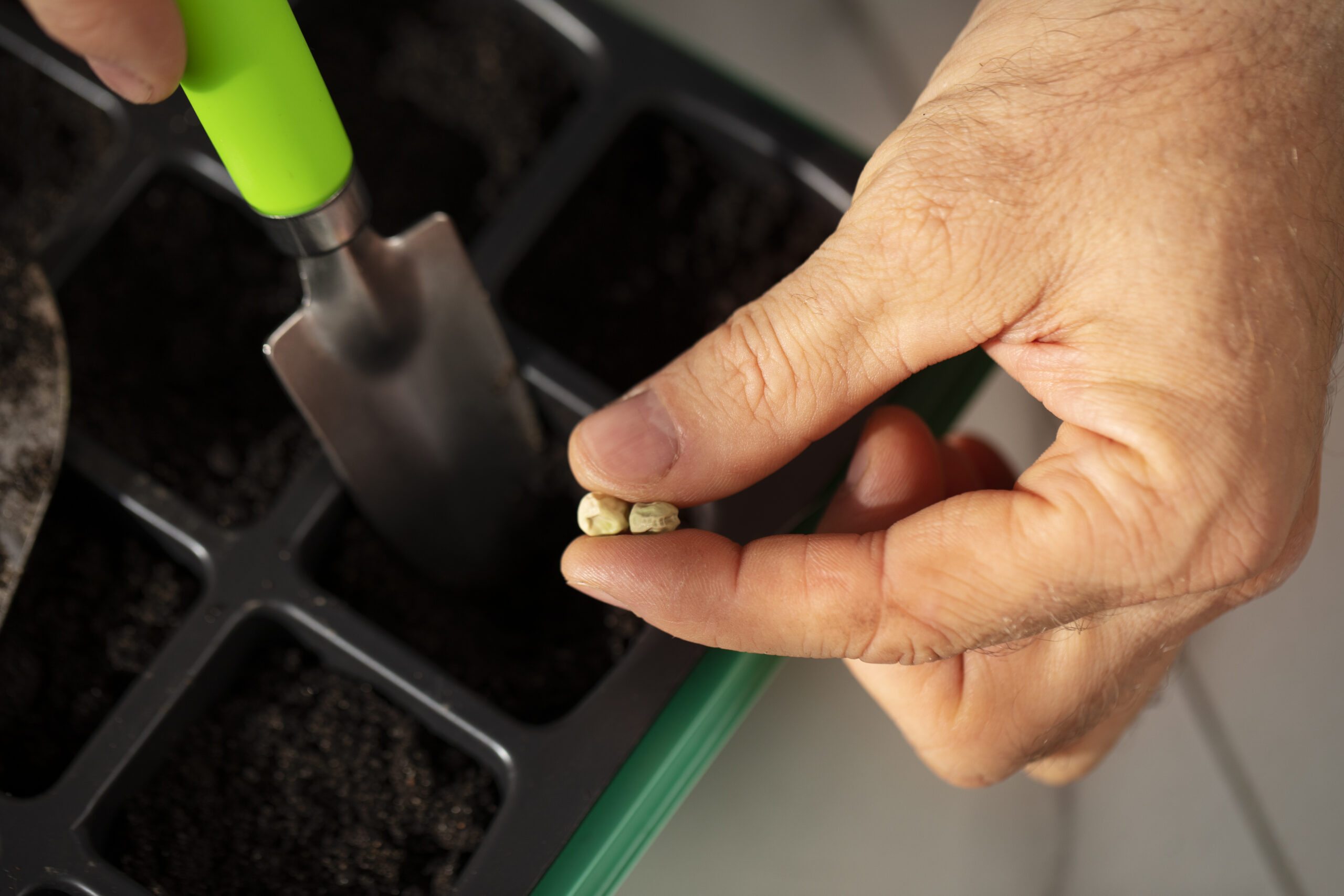
Seeds don’t last forever. Each year that passes, the chances of successful germination drop — especially with delicate varieties. Lettuce, onions, and many herbs lose viability quickly. Storing seeds in a warm or damp space only speeds up the decline.
Start with fresh seed whenever possible. Check the packet for the “packed for” year. If you’re working with older seed, test germination by sprouting a few on a damp paper towel before committing to a full tray. Getting this right from the beginning saves time and effort later.
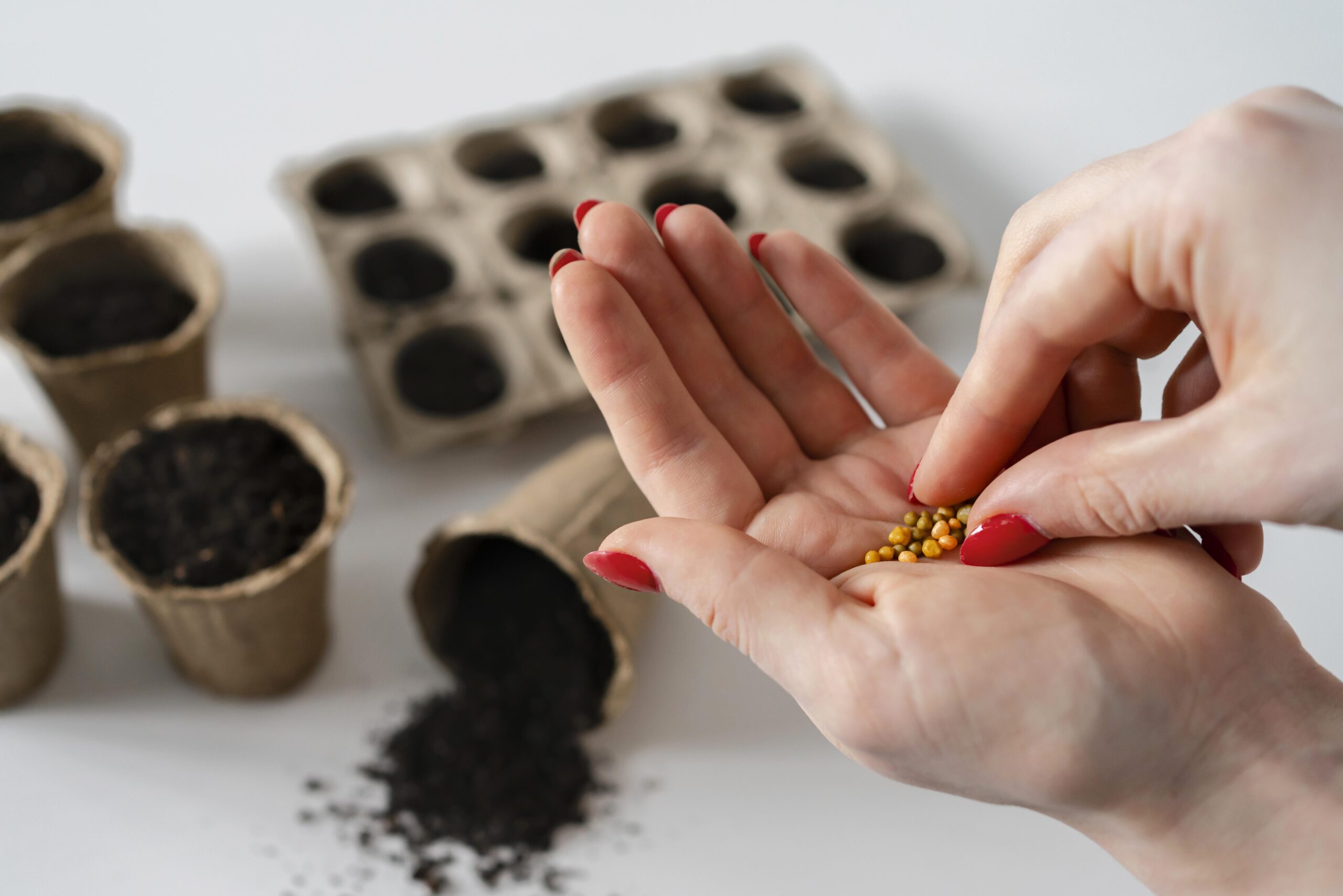
Starting seeds too early forces you to manage oversized seedlings indoors before it’s safe to move them outside. This creates problems with light, airflow, and space. It often leads to thin, stretched stems or root-bound starts.
Work backward from your last expected frost date. Most vegetables and herbs do best when started 4 to 8 weeks before transplanting. A little delay in planting leads to stronger, more manageable seedlings. You can learn more about transplant shock here.
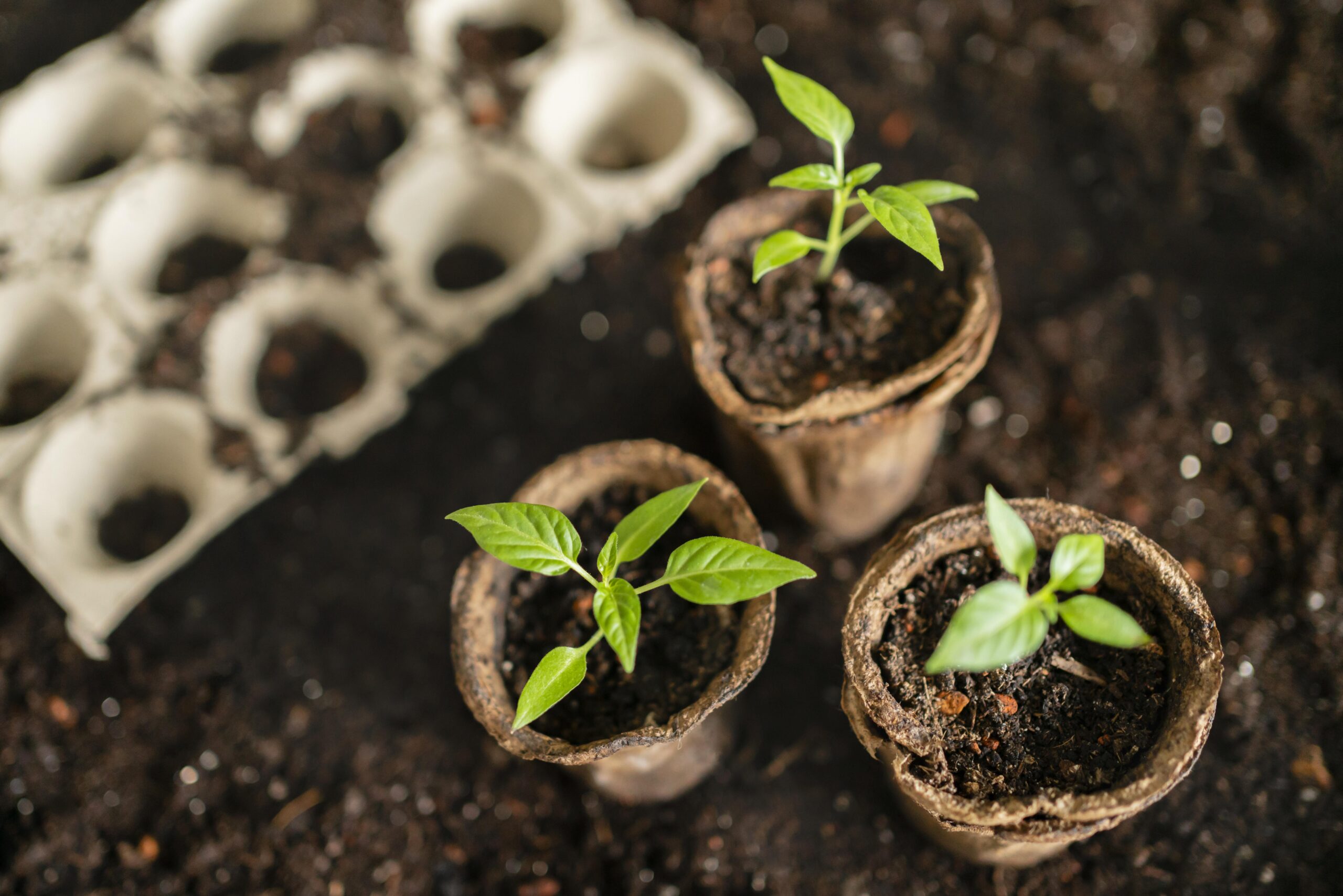
Window light often isn’t enough in early spring. Even a sunny sill doesn’t deliver the strength or duration seedlings need. Low light leads to lanky, pale stems and weak growth.
Use a small grow light positioned close to the tops of the seedlings. Keep it on for 12 to 16 hours a day. Adjust the height as the plants grow, keeping the light just a few inches above. This gives seedlings the support they need to develop firm stems and balanced foliage.
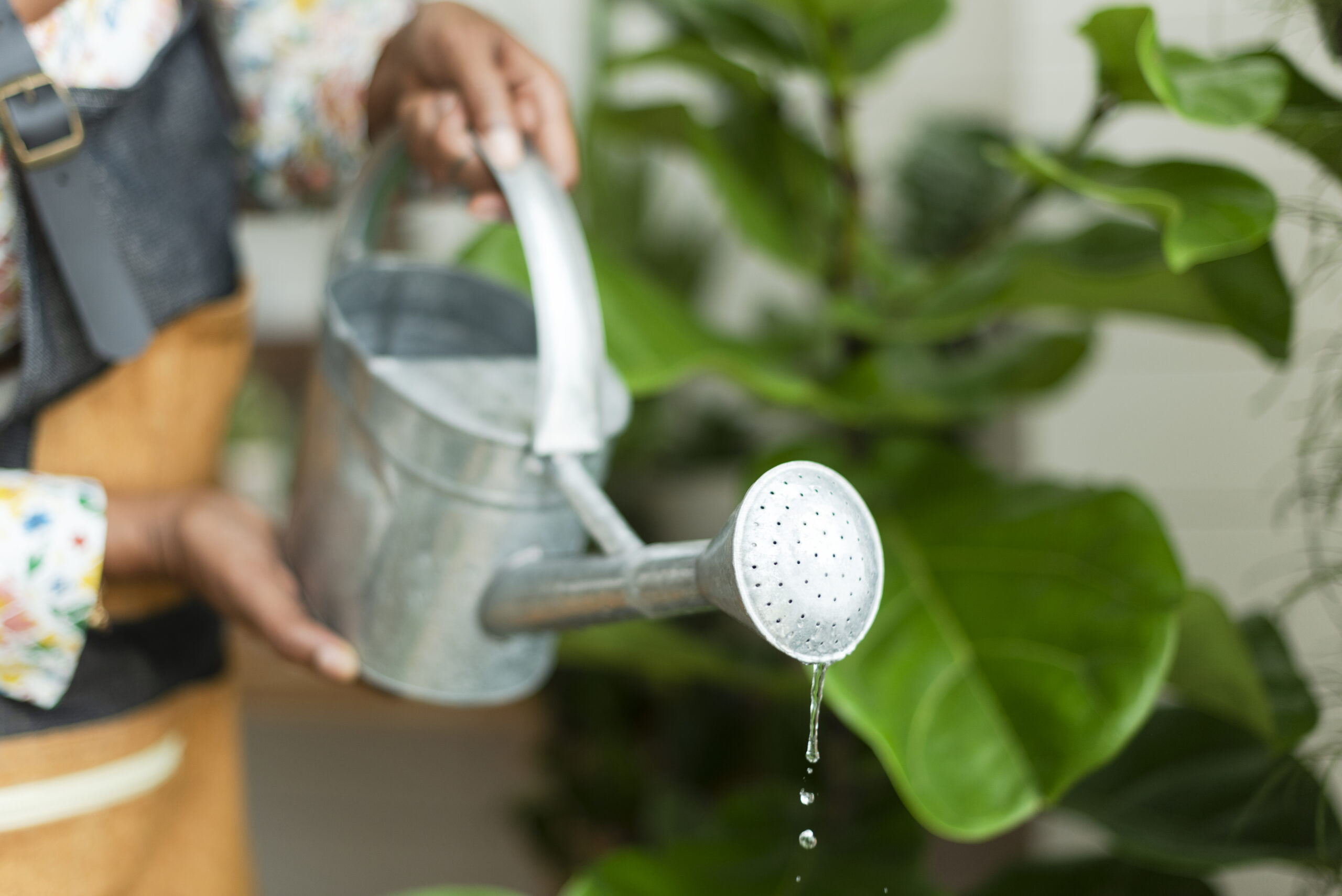
Soil that stays too wet leads to root rot and fungal issues. Soil that dries out between waterings stops seeds from germinating or stresses young roots. Both extremes cause weak plants or total failure.
Aim for moisture levels similar to a wrung-out sponge. Bottom-watering trays help maintain even hydration without disturbing the soil surface. Light misting during germination works well for shallow seeds. Pay close attention to airflow to prevent mildew and mold buildup.
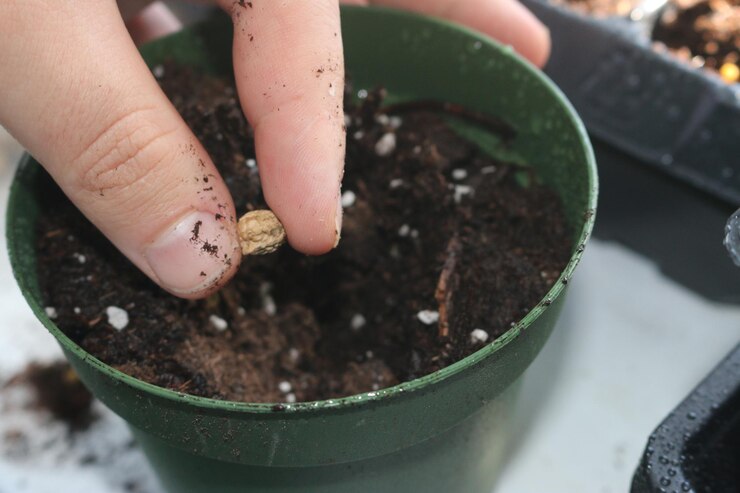
Small seeds planted too deep often fail to germinated. Larger seeds might struggle or take longer to break the surface. This simple mistake can delay growth or prevent sprouting entirely.
Use the guideline of planting seeds no deeper than twice their width. For fine seeds like basil or lettuce, press them lightly into the surface and cover with a dusting of soil. Avoid compacting the soil, which can block delicate shoots from breaking through.
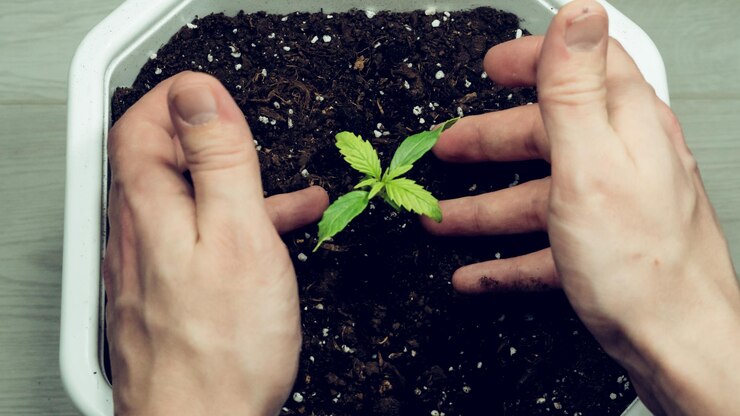
Moving indoor seedlings directly outdoors exposes them to stress from wind, sun, and temperature changes. Without time to adjust, this transition can shock the plant, stunt growth, or even kill it.
Begin hardening off about 7 to 10 days before planting. Set seedlings outside in filtered light for a few hours each day, gradually increasing exposure and reducing protection. This slow transition strengthens the plant and prepares it for real garden conditions.
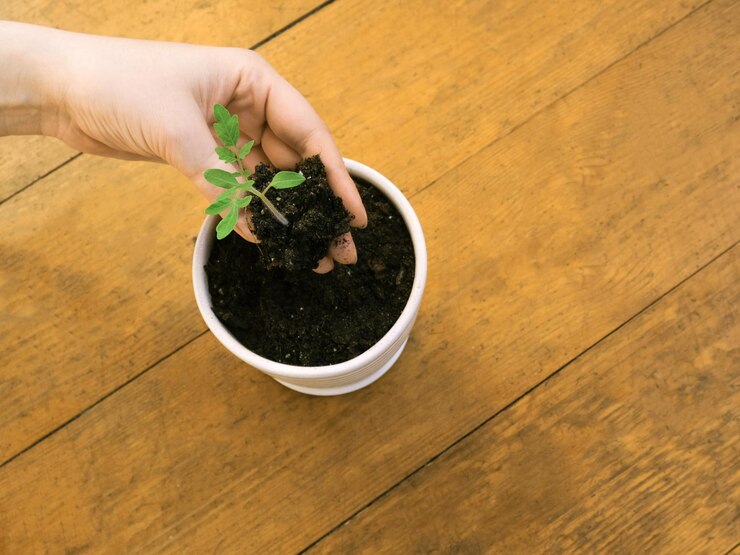
Some seeds take time. While many germinate in a week, others like peppers or certain herbs can take up to 21 days. It’s easy to assume nothing is happening and start over too soon.
Keep soil evenly moist and warm, and give seeds time to do their work. Delay replanting unless there are clear signs of rot or contamination. With patience and consistency, most seeds will surprise you — just when you’re about to give up.
Strong seedlings come from small habits — steady light, gentle moisture, and the patience to let seeds grow at their own pace. For urban gardeners, the right setup makes all the difference. Coir pots are a great option for starting seeds. They’re breathable, biodegradable, and reduce transplant shock by allowing you to plant the entire pot directly into the soil. They’re ideal for small-space gardening – View all products here.

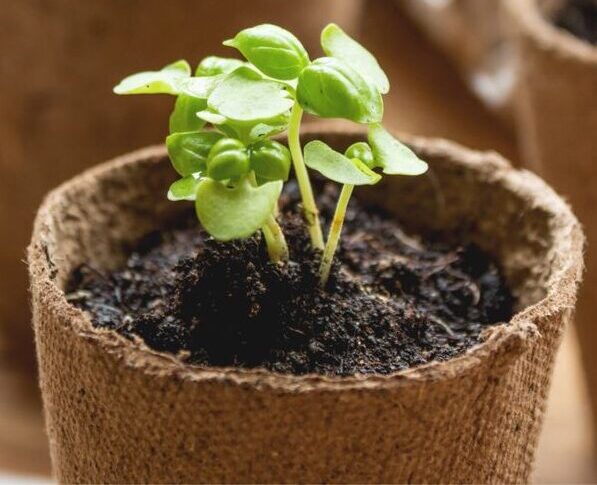
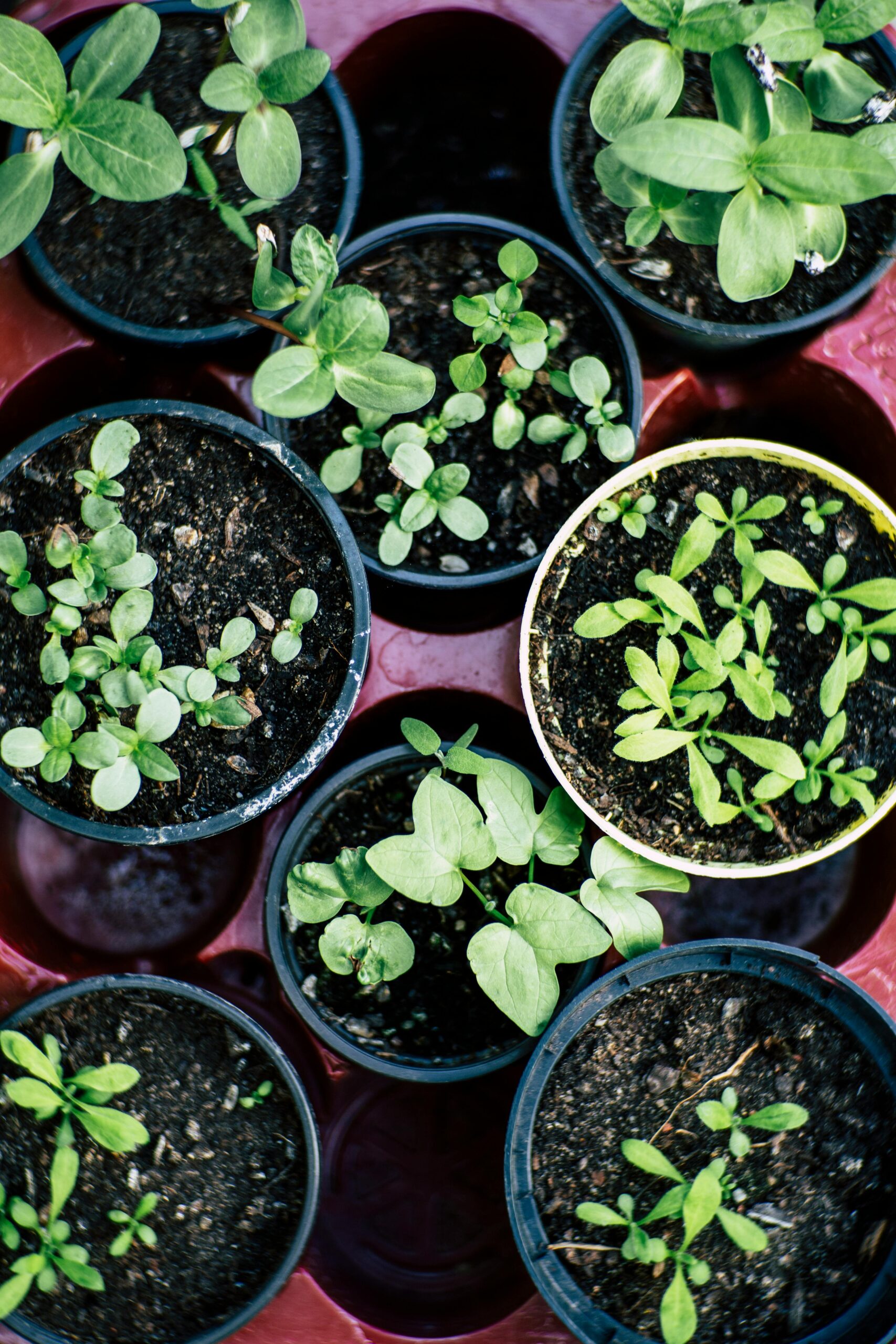
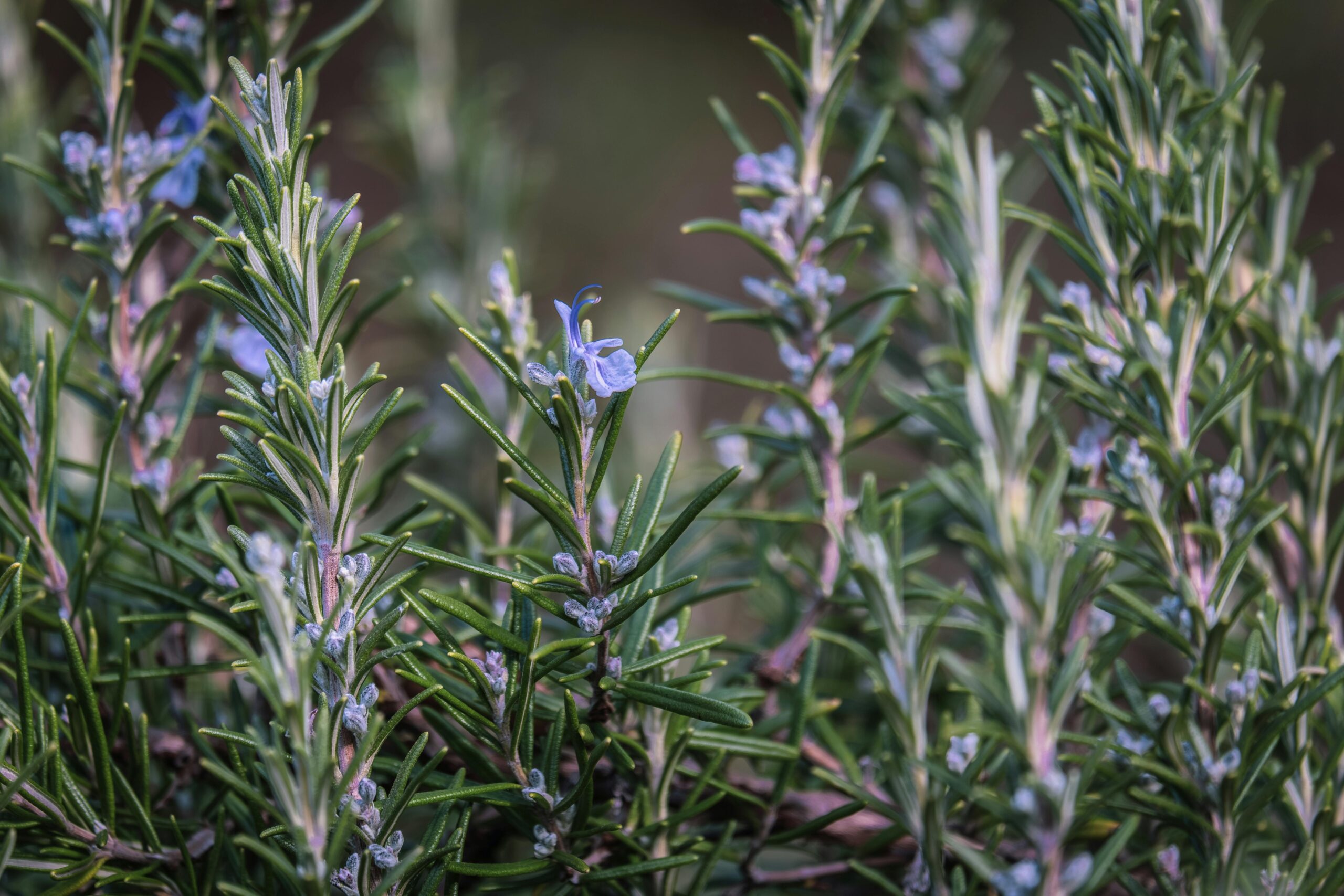
+91-7019960850
sanjeevinigarden@gmail.com
Sanjeevini Garden Products, KAN-4-36/2, Coastal Farms (formerly chicken) road, Padil-Kannuru, Mangaluru 575007
Copyright © All Right Reserved